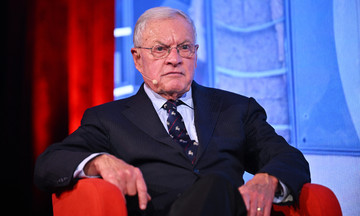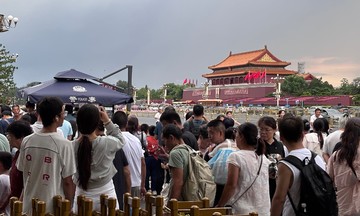As announced last week by the University of Houston, Arlen Chase and Diane Chase, both professors at the university, unearthed the 4th-century tomb at the Caracol archaeological site in Belize, a Central American country.
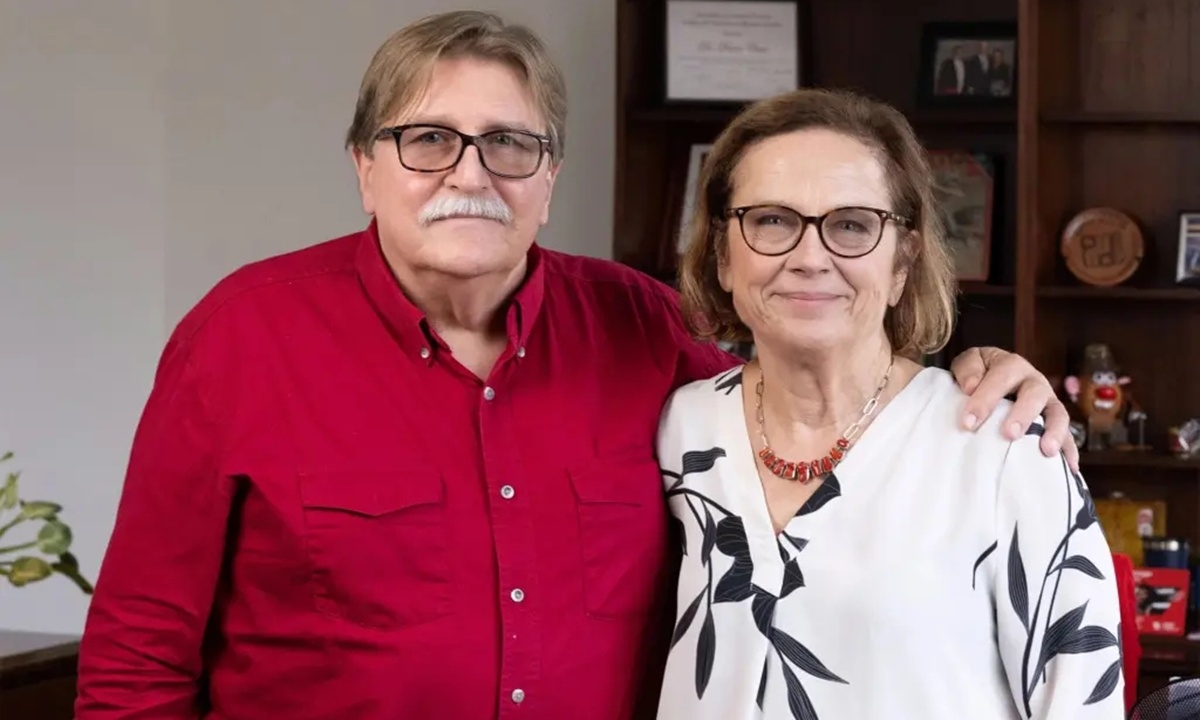 |
University of Houston archaeologists and professors Arlen Chase and Diane Chase. Photo: University of Houston |
University of Houston archaeologists and professors Arlen Chase and Diane Chase. Photo: University of Houston
Caracol is a major Maya city founded in 300 CE. The tomb belonged to Te' K'ab Chaak, the city's first ruler and founder of the royal dynasty. It is also the first confirmed royal tomb at the site.
The University of Houston said in a press release, "Now in ruins, the metropolis was once a significant political entity in Maya history, dominating the southern Yucatan Peninsula from 560 to 680, before being abandoned around 900."
Te' K'ab Chaak’s tomb held many treasures, including 11 ceramic vessels and carved bone tubes. The excavators also found a jade-inlaid funerary mask and jewelry made from the same precious stone.
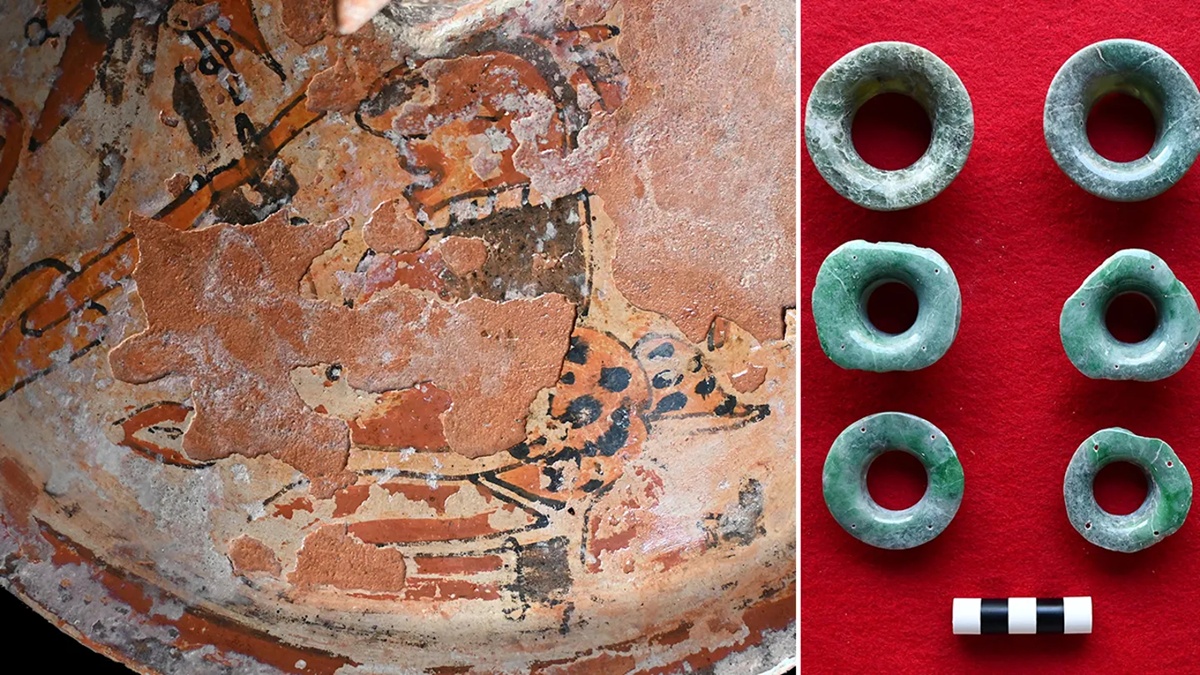 |
Jade jewelry (right) and elaborate pottery found in Teʼ Kʼab Chaak's tomb. Photo: University of Houston |
Jade jewelry (right) and elaborate pottery found in Teʼ Kʼab Chaak's tomb. Photo: University of Houston
The Chases are leading scholars on Caracol, and this discovery is just one of their many excavations. Their son, Adrian Chase, also an archaeologist, discovered Caracol’s dispersed water system.
Analyzing the remains, the Chases found that Te' K'ab Chaak was 1.70 meters tall and died at an advanced age. He had no teeth left.
Speaking to the media, Arlen described the unearthed artifacts as "priceless."
"Professional archaeologists don't put a USD value on the artifacts they excavate. The real value lies in what they tell us about ancient cultures," he said. "In this case, most of the artifacts are unique. Together, they not only tell a story about the person who owned them but also allow us to date the tomb."
Diane Chase noted that the ceramic vessels clearly demonstrated Te' K'ab Chaak's status and wealth.
"Two Pacific spondylus shells placed near the head, jade ear flares, carved jade tubular beads, and the jade-inlaid funerary mask also indicate he could acquire prestigious items from faraway places," she added.
Diane emphasized that finding the tomb of an ancient ruler is "extremely rare and significant."
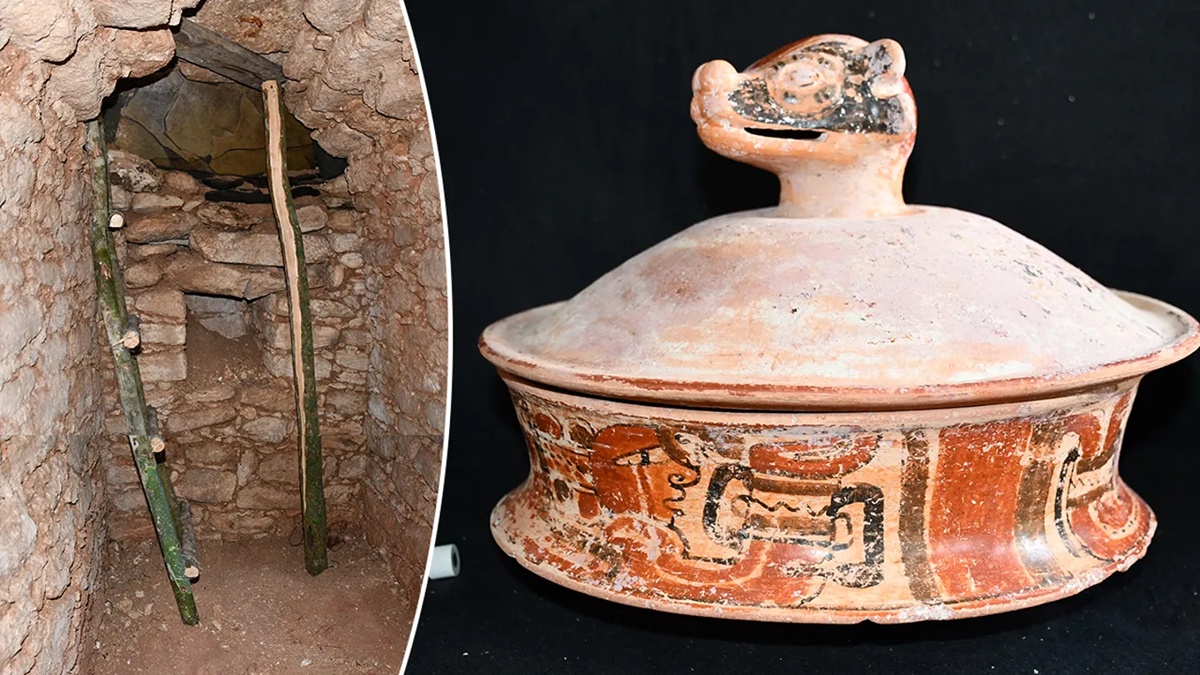 |
The artifacts in the tomb, especially the pottery, show trade connections with central Mexico and the Pacific. Photo: University of Houston |
The artifacts in the tomb, especially the pottery, show trade connections with central Mexico and the Pacific. Photo: University of Houston
Vu Hoang (Fox News, AP, AFP)



